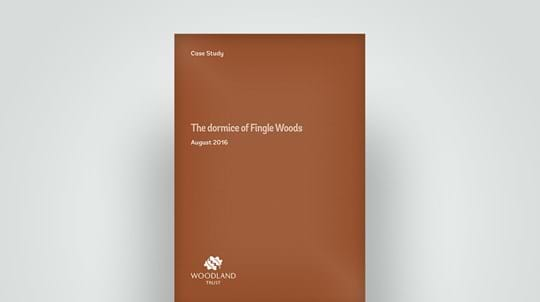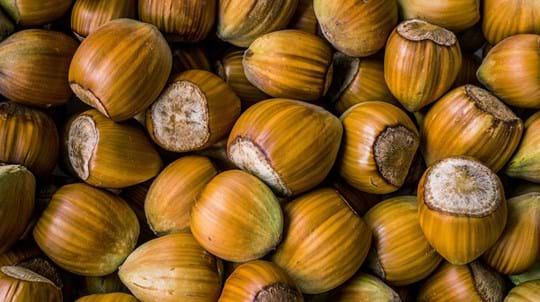
Credit: Marko König / Alamy Stock Photo
How do hazel dormice breed?
Hazel dormice usually have a single litter of four to five young each summer. The young are born pink, completely hairless and blind, in a nest made from grass and bark, usually located among tree branches or in a hedge. They are covered in pale grey fur after around 12 days, and can see after 18 days. The young begin foraging with their mother at around three weeks old, leaving the nest after roughly six to eight weeks. Their fur stays grey until they are around a year old and sexually mature, when it changes to a golden-brown hue.








